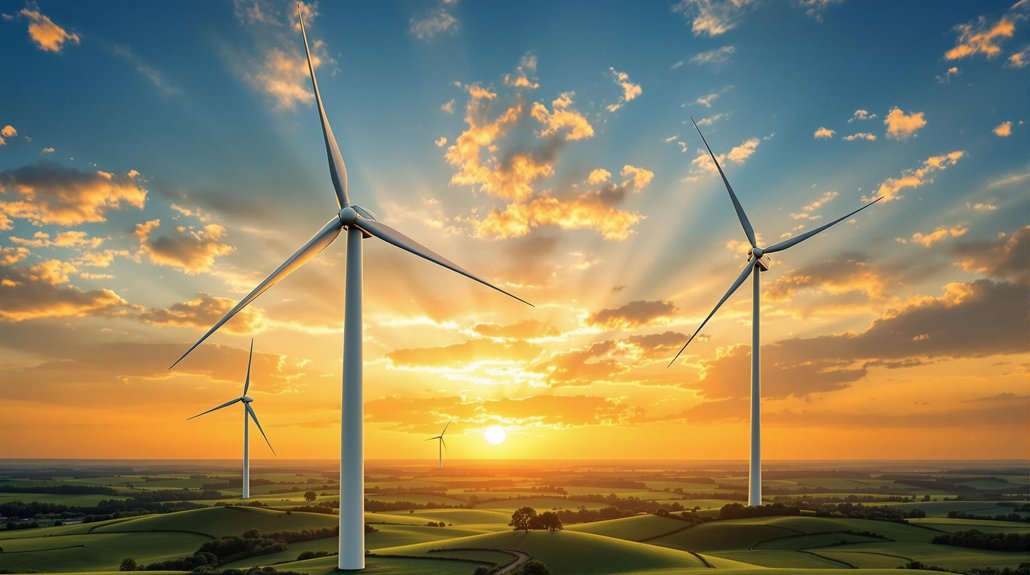For shorter trips under 1,000 km, driving is typically greener than flying, especially when carpooling. A round trip from New York to Dallas produces similar emissions (0.41 tons CO2) whether flying or driving solo, but carpooling cuts this considerably. Electric vehicles and public transportation reduce carbon footprints further. For longer journeys, flying becomes more efficient than driving alone. The environmental choice depends on distance, number of travelers, and vehicle type.

When travelers plan a trip, they often wonder whether driving or flying will leave a smaller carbon footprint. Recent studies show that for many journeys, the environmental impact of both options is surprisingly similar. For a round trip between New York and Dallas, both driving alone and flying produce about 0.41 tons of carbon dioxide per passenger.
The number of people in a vehicle makes a big difference. A car with five passengers traveling from New York to Dallas reduces emissions to 0.32 tons per person. Short flights under 1,000 kilometers actually produce more emissions than medium-sized cars. For longer distances, flying becomes slightly more efficient than driving solo.
Carpooling dramatically cuts per-person emissions, making driving greener than flying for shorter trips.
Cars offer environmental advantages for shorter trips. Electric and hybrid vehicles cut emissions considerably compared to gasoline cars. Drivers can also combine their journey with public transportation for parts of the trip, further reducing their carbon footprint. Environmental experts suggest that trips between 300 to 500 miles are typically more eco-friendly by car than by plane.
Flying becomes more efficient for long-distance travel. Modern planes use less fuel than older models. Direct flights produce fewer emissions than those with connections. Airlines also spread emissions across many passengers, improving efficiency. The aviation industry is developing sustainable fuels to lower environmental impacts. Choosing to fly economy class can significantly reduce your personal carbon footprint compared to business or first class.
Public transportation provides even greener options. Trains emit only about 33 grams of carbon dioxide per passenger-kilometer. Buses with many riders also have low emissions. High-speed rail competes well with flying for medium distances. As a renewable energy source, wind power is increasingly being used to fuel transportation systems, making them even more environmentally friendly. These options also help reduce traffic congestion in cities.
Travelers can use carbon calculators to estimate emissions for specific trips. These tools account for factors like vehicle efficiency, number of passengers, and distance. Some calculations include the emissions from getting to and from airports.
The choice between driving and flying isn’t always clear-cut. Distance, number of travelers, vehicle type, and route all affect which option leaves a smaller carbon footprint. For solo travelers going long distances, flying often works out better. For families taking shorter trips, driving typically produces fewer emissions per person.
Frequently Asked Questions
How Does Train Travel Compare Environmentally to Driving or Flying?
Train travel stands as the clear environmental winner compared to cars and planes.
Trains emit 10 times less carbon than cars and 13 times less than planes per passenger. A London-Edinburgh trip produces only 12.5kg of CO2 by train, versus 136.4kg by car and 165.1kg by plane.
Trains generate just 35g of CO2 per passenger kilometer, while cars produce 192g and domestic flights 246g.
Do Electric Vehicles Significantly Reduce Travel Carbon Footprints?
Electric vehicles notably reduce travel carbon footprints. They produce 50% fewer lifecycle emissions than gas cars, emitting about 200g CO2/mile versus 350g for gas vehicles.
EVs are also far more energy efficient at 87-91% compared to 16-25% for gas cars. The environmental benefits vary by region, with US electric cars producing 45-65% lower emissions.
As electricity grids become cleaner, EV emissions will continue to decrease.
What Impact Do Passenger Numbers Have on Per-Person Emissions?
Passenger numbers dramatically impact per-person emissions in all vehicles.
In cars, adding passengers can cut per-person carbon footprint by up to 75% with four occupants. Likewise, fuller planes reduce individual emissions since the fuel burn gets divided among more travelers.
Empty seats increase everyone’s carbon share. First and business class seats generate 2-3 times more emissions than economy seats due to the larger space they occupy.
How Does Cargo Shipping Affect Transportation Emissions Calculations?
Cargo shipping greatly influences transportation emissions calculations.
While ships produce 3% of global CO2 emissions, they’re remarkably efficient at 10-40g CO2 per tonne-kilometer compared to air freight’s 500g. Ships transport 70% of global goods but create less pollution than trucks or planes moving the same cargo.
However, calculations must consider ships’ non-CO2 pollutants like black carbon and sulfur oxides, which harm marine environments and contribute to air pollution.
Can Carbon Offset Programs Effectively Neutralize Travel Emissions?
Carbon offset programs face significant challenges in neutralizing travel emissions.
Research shows many programs overestimate their impact, with issues like additionality and permanence raising concerns.
While offsets can support worthy projects and raise awareness, they don’t reduce emissions from the travel itself.
Verification remains difficult for consumers.
Despite these limitations, offsets provide a supplementary approach while the transportation sector develops cleaner technologies.









